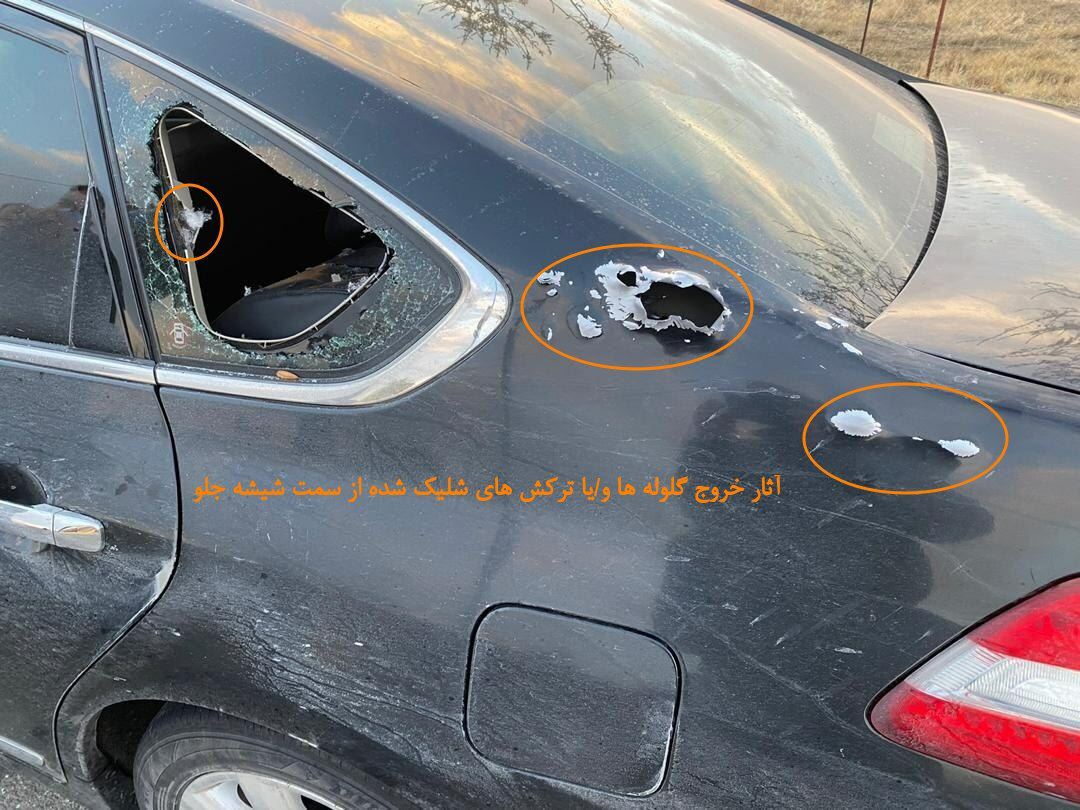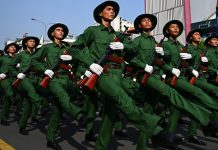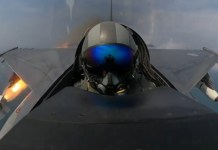Iran’s top nuclear scientist Mohsen Fakhrizadeh was allegedly assassinated by Israeli spy agency Mossad using a remote-controlled robotic gun, according to the latest reports.
Developed By Israel, Designed For Asia – Meet ‘Re-Engineered’ Kfir Fighter Jet That Resembles The Mirage 2000
Fakhrizadeh, who was considered the “father of Iran’s nuclear program’, was killed in Damavand, east of Tehran, on November 27 last year.
Once Israel was convinced that it was Fakhrizadeh who was heading Iran’s nuclear weapons program, he became the main target of Mossad. Israel believed that if Fakhrizadeh was killed, the weapons program he was heading would also be difficult to execute to its best potential, reports suggest.
The ‘Murder Plot’
Mossad was reportedly instructed by its government to forbid Iran from obtaining any nuclear weapons in 2004. After this, the spy agency carried out a series of sabotage campaigns along with cyberattacks on Iran’s nuclear fuel enrichment facilities.

The Israeli agency had allegedly assassinated five Iranian nuclear scientists in 2007 and severely injured another. According to reports, most of these scientists were working directly under Fakhrizadeh on a secretive mission to develop a nuclear warhead, small enough to fit on top of one of Iran’s long-range missiles.
In 2009, Mossad had set up a hit-team at the planned location for the assassination of Fakhrizadeh. However, the mission was aborted at the last moment after Mossad suspected the plan to be compromised. It took the agency a decade to plan and execute his assassination.
According to The New York Times, a blue Nissan Zamyad pickup truck was parked by the Iranian agents hired by Mossad on the side of a road, which connected the town of Absard to the main highway, on November 27, 2020. A 7.62-mm sniper machine gun was hidden in the bed of this pickup truck.
When the hit team received the signal of Fakhrizadeh arriving at the location around 1 pm, the assassin calibrated the gun sights, pressing the trigger slightly. The catch here was that the assassin was nowhere near the location.
Instead, he was controlling the machine gun from his computer screen at a location unknown, maybe hundreds of miles away from the location. The entire hit team had left Iran already as well, the NYT report revealed.
Israel used a special model of a Belgian-made FN MAG machine gun, similar to this one, attached to a robotic apparatus [to kill Fakhrizadeh.]https://t.co/TqkSgUhlnR pic.twitter.com/wm2Vw5Cndv
— varujean avanessian (@pandagulu) September 18, 2021
A Belgian-made FN MAG machine gun attached to an advanced robotic apparatus was used to kill the Iranian nuclear scientist. The report further said the gun was smuggled into the country in small pieces over a duration of several months.
The weight of all of its components combined was one ton. The explosives which were deployed for destroying all evidence of the gun had failed, leaving most of the gun intact and thus helped the Iranians in understanding the details of the attack.
The Aftermath
There were conflicting reports in the aftermath of the attack. While one report said a remote-controlled gun was used, others suggested that a physical team was present in Iran to execute the assassination.
A report by the Jewish Chronicle in February this year said the attack was planned in March 2020 and that it set Iran’s nuclear program back by five years. The report also backed the theory which said that a robotic machine gun was used to kill the Iranian scientist.

A recent report by The Jerusalem Post confirmed the fact that an artificial intelligence-assisted machine gun was used in the attack. It also termed the statement that “the attack had set Iran’s nuclear program back by five years” as inaccurate.
Even though experts said that Fakhrizadeh was irreplaceable, The Post reported that he was replaced by a man named Farhi. While some analysts claim that the operation was a major setback for Iran’s nuclear weapons program, Tehran has recovered from this setback long back.
They also claim that even if Iran tries to boost its uranium enrichment up to 90%, that is weaponized level, Iran’s nuclear weapons program would face difficulties in conducting other related tasks such as detonation and missile delivery.
This is because these tasks belonged to Fakhrizadeh’s areas of expertise and his loss is certain to slow down the program’s development to some extent.




